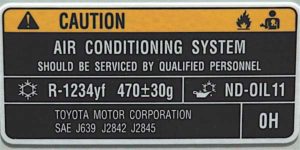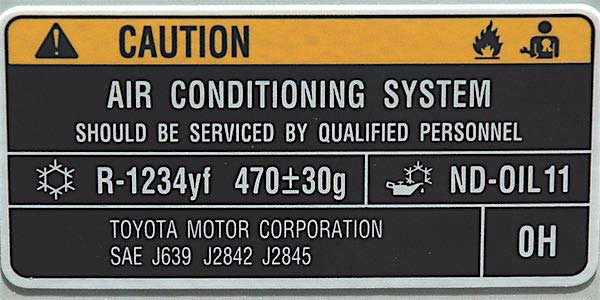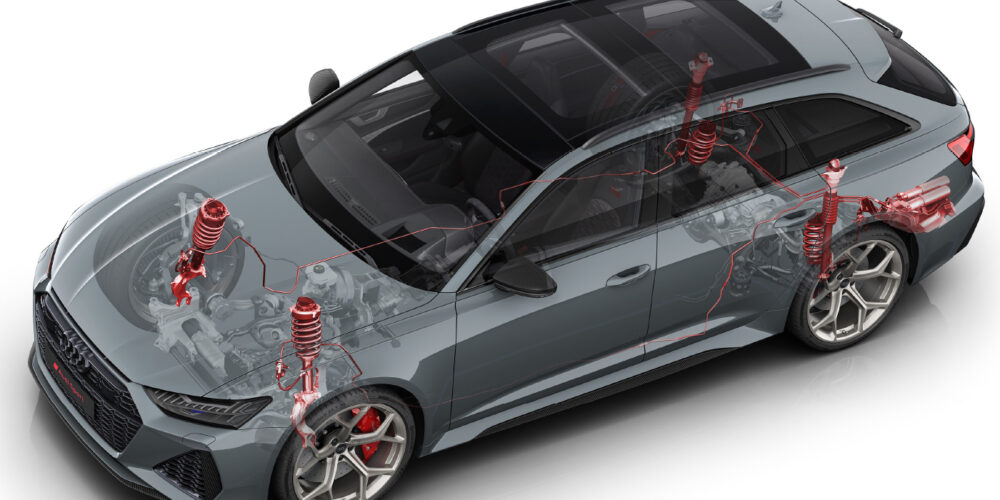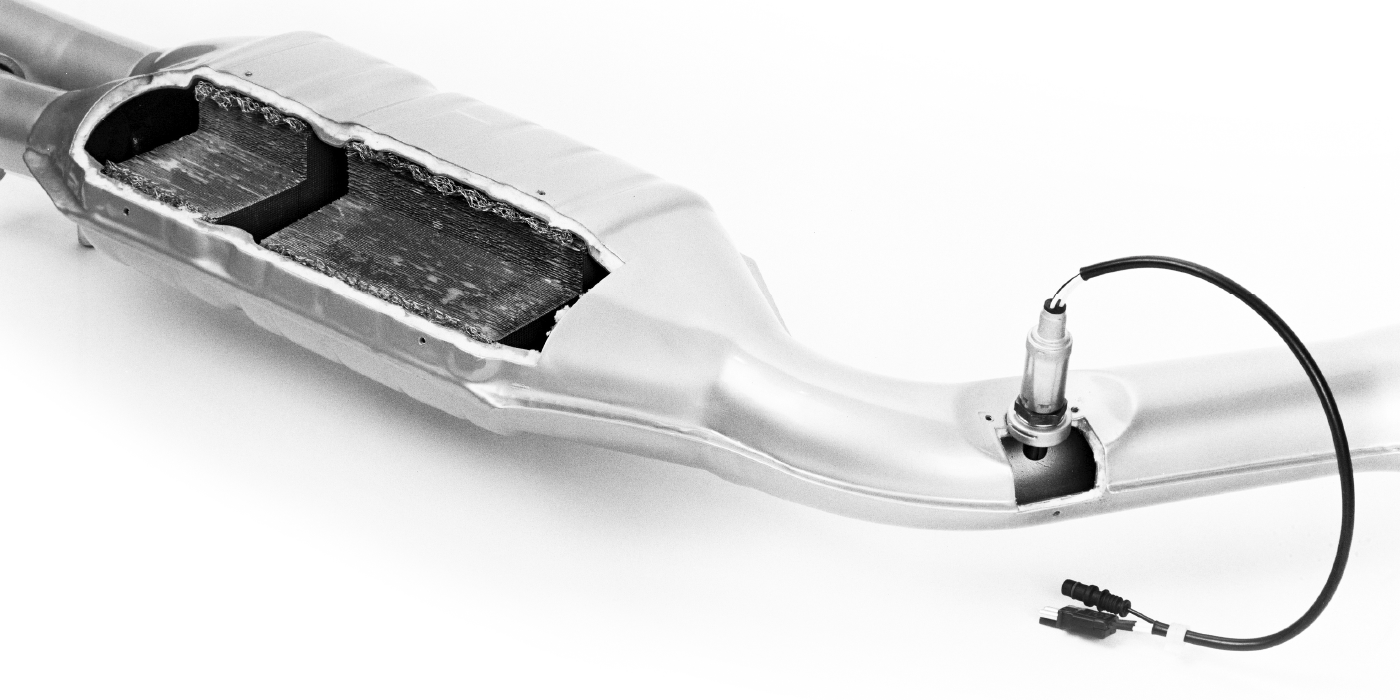
The benefit of R1234yf is simple. The new refrigerant lasts only 11 days in the atmosphere compared to 13 years for R134a. This is why the EPA is requiring R1234yf to be installed in all new systems by 2021. The European Union required the changeover on Jan. 1 of this year.
So, what does this mean for independent shop owners and technicians? Currently, there are approximately 20 million vehicles on the road with R1234yf in the HVAC system. It is not a question of if, but when your shop will have to deal with one of these systems. While working on R1234yf systems is not that different from the R134a variety in operation or theory, identifying the refrigerant and recharging the system has some new twists.
Credits and Mandates
R1234yf can be found on some 2014 vehicles. The early adoption allowed OEMs to get EPA credits for transitioning to the new refrigerant. The next batch of vehicles to make the change were new platforms starting with a clean sheet of paper like the Chrysler 200 and 300 in 2015. After this, world platform vehicles sold in North America and Europe made the jump. For 2017, GM has made the switch to the majority of their vehicle platforms, but there are a few small exceptions. All in all, the industry-wide change to R1234yf should be completed well before the 2021 deadline.
This “staggered” transition to R1234yf creates a problem for shops servicing these vehicles. The problem is the possible contamination of R1234yf vehicles with R134a or other blends of refrigerants. While the service ports are different for the two refrigerants, it does not preclude someone from finding a way to contaminate the system. If a technician is not aware of the differences or does not have the right tools to identify the refrigerant in a system, it could damage an A/C recycle/recovery machine.
If you are holding out on purchasing an R1234yf recycle/recovery machine, you still should be able to identify R1234yf and existing refrigerants along with possible contaminants. A refrigerant testing tool can help diagnose A/C problems on late-model vehicles even if you plan to sublet the recovery and charging part of the job.
New recycle/recovery machines have come a long way. New SAE J2843-certified machines have automated processes that require little supervision. Some machines work with phone and tablet applications to alert the technician if a task is complete or if further checks need to be performed.
Training
Technicians are being recommended to recertify under the SAE standard J609 Technician Training Certification Program. This training standard has been updated with new information to ensure that technicians understand the handling and servicing of the new R1234yf refrigerant.
R1234yf Pricing
One of the big issues in the past with R1234yf was pricing. Due to limited manufacturing capacity and inventory, the reported price at some Chrysler dealers was $66 to $67 per pound a few years ago. That price has dropped significantly due to greater availability in the aftermarket and an increase in manufacturers.
Article courtesy Brake & Front End.














